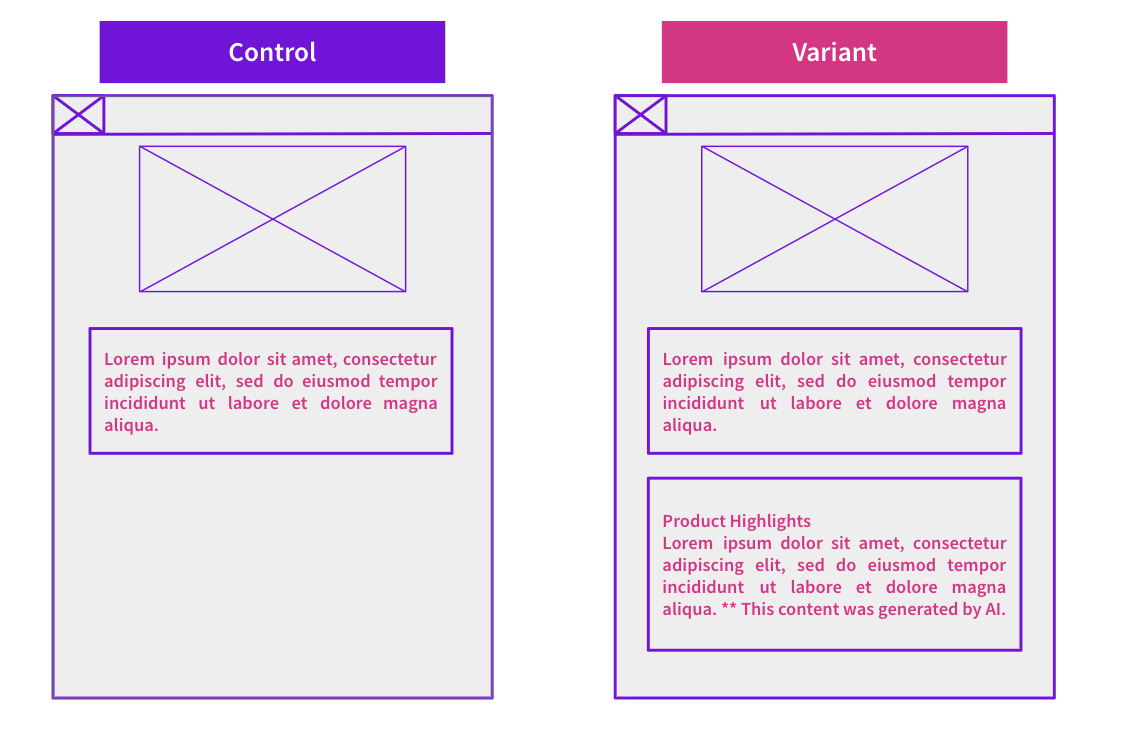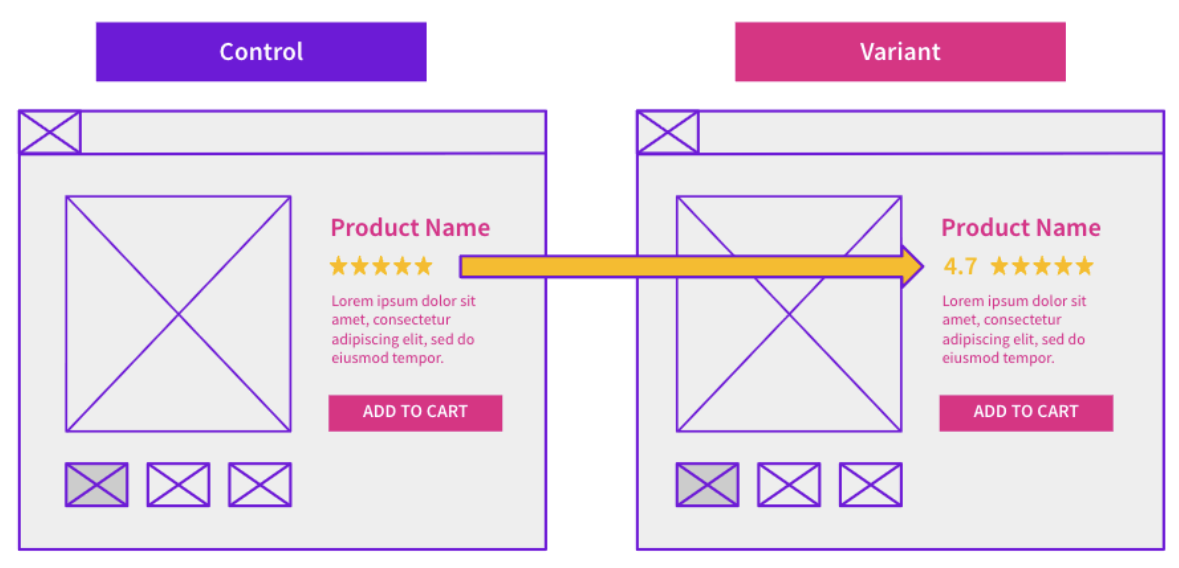Start here: how our SEO split tests work
If you aren't familiar with the fundamentals of how we run controlled SEO experiments that form the basis of all our case studies, then you might find it useful to start by reading the explanation at the end of this article before digesting the details of the case study below. If you'd like to get a new case study by email every two weeks, just enter your email address here.
In this week’s #SPQuiz, we asked our followers on LinkedIn and X/Twitter what they thought the impact was on organic traffic when we added breadcrumb structured data server-side, as well as on-page breadcrumb for a travel customers' location pages.
Poll Results

The majority of our followers believed that adding the schema server-side and breadcrumbs on-page increased the organic traffic to those pages, while 10% believed no significant change occurred.
The Case Study
We’ve explored breadcrumb experiments before, but there's always room for new insights. Breadcrumb trails are a helpful way to guide both users and search engines by showing how a page fits within your site’s overall structure. When crawlers better understand your page's content, it increases your chances of earning rich snippets and aligning with user search intent.
** Check out our other case studies when we tested breadcrumbs! ( 1, 2, 3 )
One of our travel customers renders most of the content on their location pages client-side, including the breadcrumb schema—an increasingly common setup in today’s web environment. Although the schema was valid, they were puzzled to find that Google wasn’t recognizing it and was instead displaying the raw URL path in search results.
To address this, we recommended testing a version of the schema embedded directly in the page source, alongside the client-rendered one. Adding it server-side improves the likelihood that crawlers will detect it faster, while avoiding potential JavaScript rendering issues that might block schema recognition.
Initially, our goal was to test just this server-side schema addition—but what happened next offered deeper insight into how Google evaluates breadcrumb data.
What Was Changed
In the first test, we implemented the breadcrumb structured data in the page source, in addition to the existing client-rendered version.

Results

The results from this initial experiment were inconclusive, but we did notice that Google began surfacing breadcrumbs from the structured data in search results, which was something we had hoped for.

That should have been the green light to deploy the change globally across the customer’s location pages and move on to the next test, right?
Not quite.
While Google Search Console (GSC) was indexing the breadcrumb structured data for desktop, we noticed that it wasn’t appearing when inspecting the pages on mobile devices, even though the schema itself was valid.
Upon a closer look, we found that the location pages lacked visible, on-page breadcrumbs on mobile, unlike their listings pages. As a result, the structured data wasn’t appearing in either the rendered HTML or the page source on mobile.
That explained why GSC wasn’t detecting during mobile-first indexing.
With this insight, we saw an opportunity to take the experiment further by adding visible, on-page breadcrumbs to mobile, aiming to better align with Google's mobile-first indexing and boost the presence of breadcrumb schema across all devices.
What Was Changed This Time
In the second phase, we added mobile-visible breadcrumbs alongside the existing server-side breadcrumb schema.

Results
This test proved highly beneficial: the addition of visible mobile breadcrumbs and server-side schema led to a statistically significant +5% uplift in organic traffic.
We observed that breadcrumb snippets continued to appear in desktop search results and were still recognized in Google Search Console. More importantly, structured data was now being detected on mobile devices as well, an improvement in the mobile-first indexing era.

This outcome reinforces the importance of optimizing for mobile. Since most users browse via mobile, Google places greater emphasis on the mobile version of your site for indexing and ranking. Structured data and internal links help distribute link equity, but if they’re absent from the mobile view, you may be missing key traffic opportunities.
Breadcrumb visibility on mobile devices showed a minimal increase in click-through rates (CTR), but the rankings experienced a notable improvement, which likely drove the overall increase in traffic.
By directly injecting the breadcrumb structure into the server-side HTML, the test demonstrated the value of server-side content for SEO. Google’s crawlers have a much easier time understanding the content, whereas client-rendered elements are more prone to rendering issues or blocking, something we might not have realized without testing.
To receive more insights from our testing, sign up for our case study mailing list, and please feel free to get in touch if you want to learn more about this test or our split testing platform more generally.
How our SEO split tests work
The most important thing to know is that our case studies are based on controlled experiments with control and variant pages:
- By detecting changes in performance of the variant pages compared to the control, we know that the measured effect was not caused by seasonality, sitewide changes, Google algorithm updates, competitor changes, or any other external impact.
- The statistical analysis compares the actual outcome to a forecast, and comes with a confidence interval so we know how certain we are the effect is real.
- We measure the impact on organic traffic in order to capture changes to rankings and/or changes to clickthrough rate (more here).
Read more about how SEO testing works or get a demo of the SearchPilot platform.



